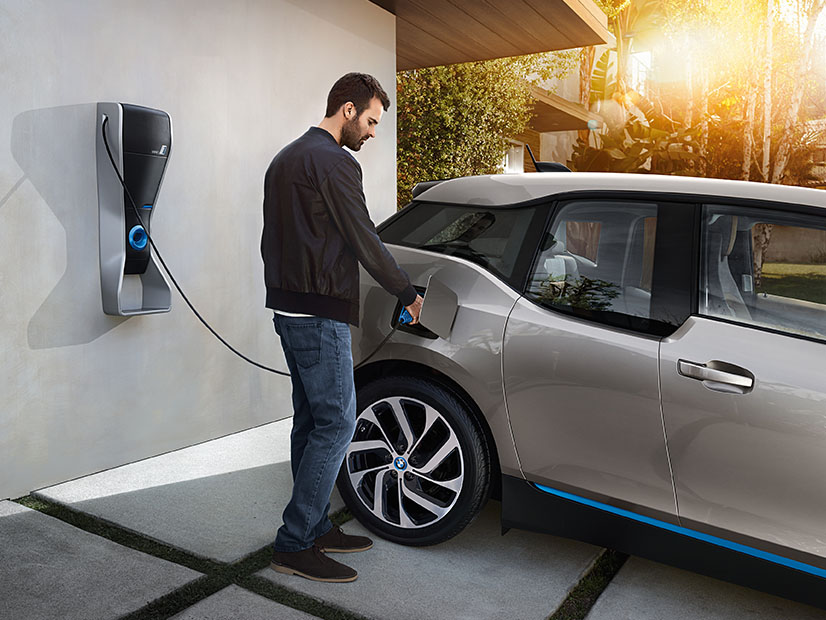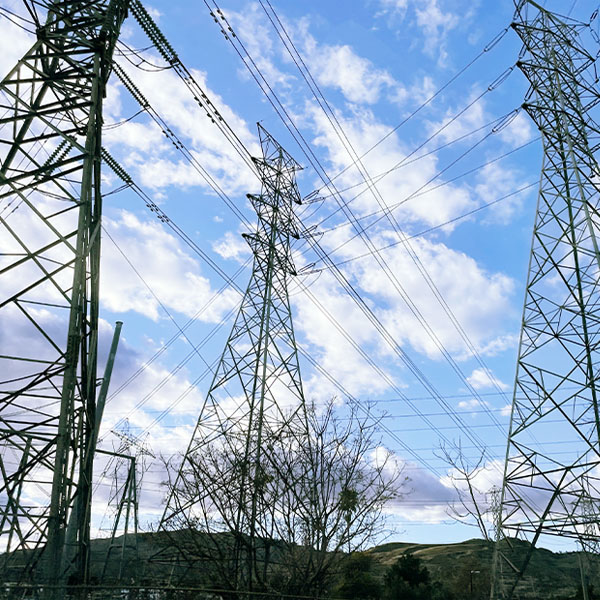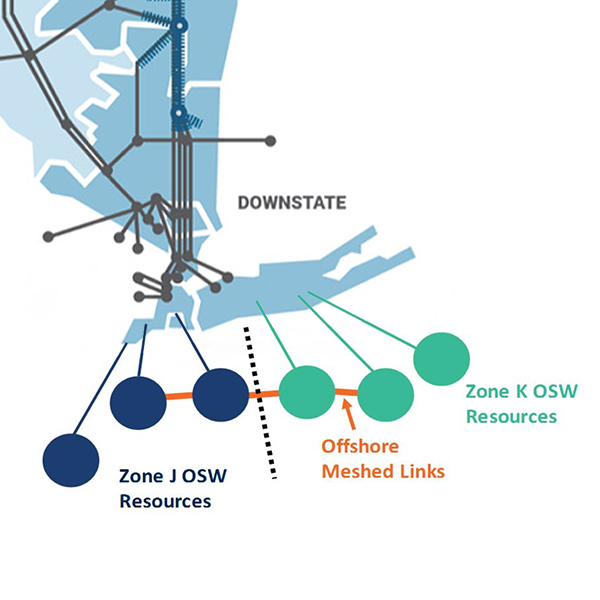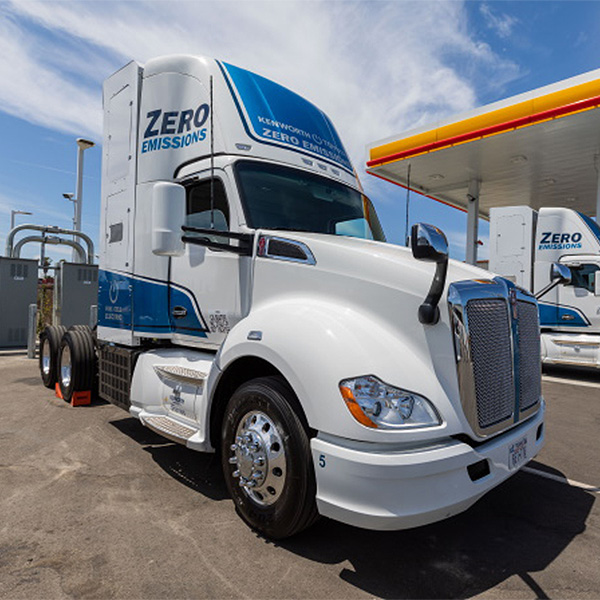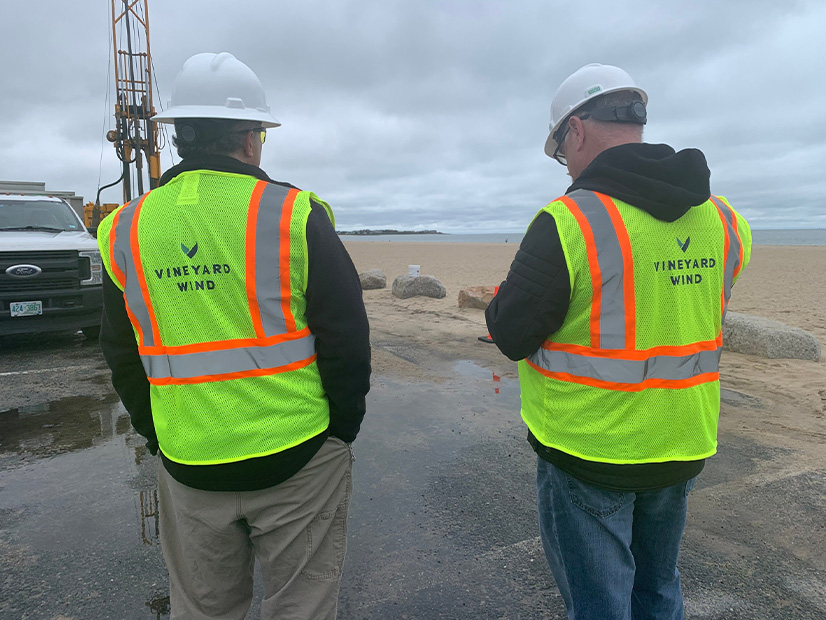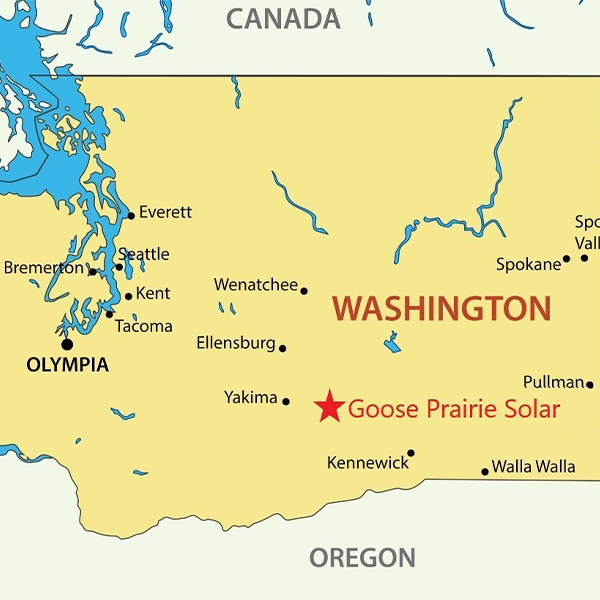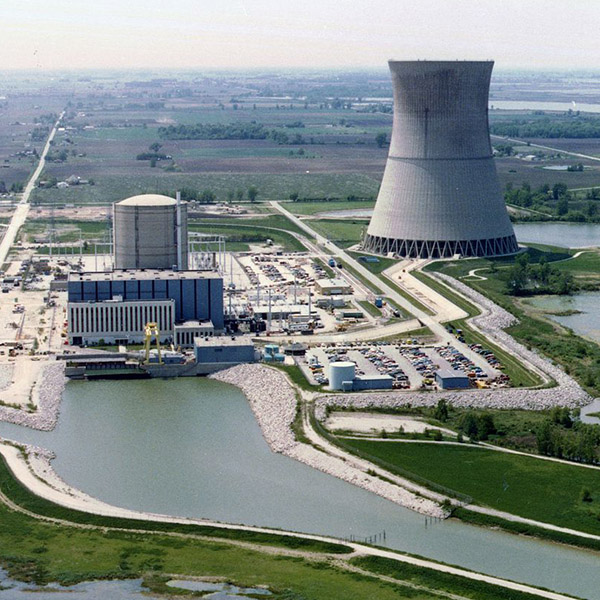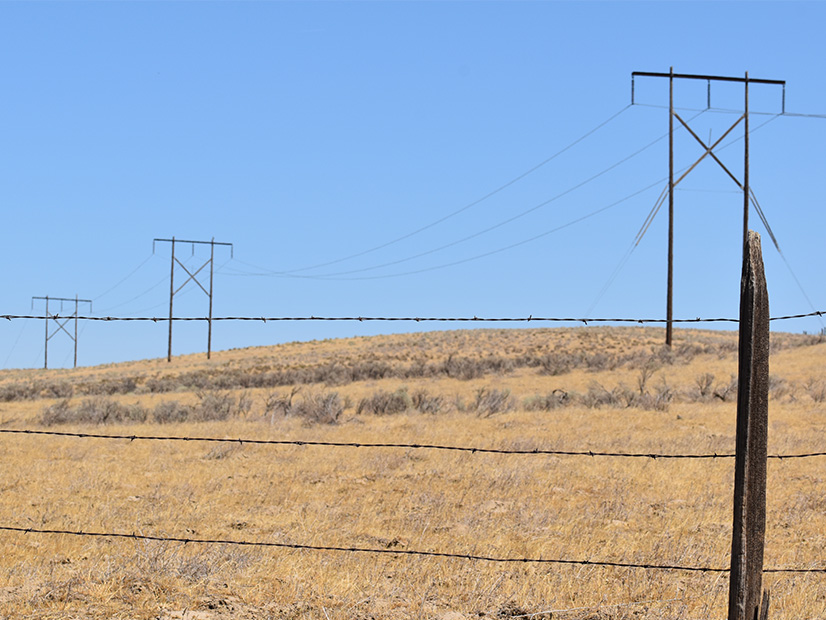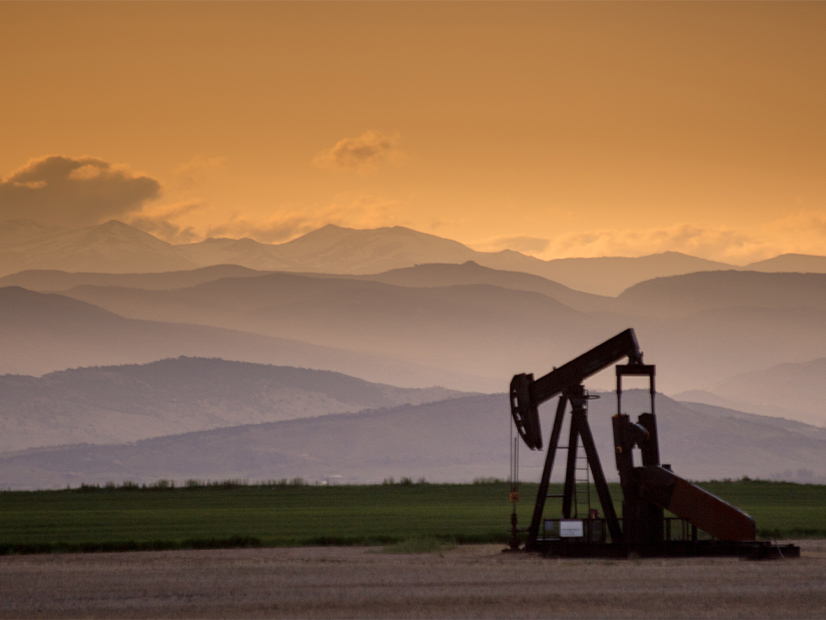State & Regional
AlabamaAlaskaArizonaArkansasCaliforniaColoradoConnecticutDelawareDistrict of ColumbiaFloridaGeorgiaHawaiiIdahoIllinoisIndianaIowaKansasKentuckyLouisianaMaineManitobaMarylandMassachusettsMichiganMinnesotaMississippiMissouriMontanaNebraskaNevadaNew HampshireNew JerseyNew MexicoNew YorkNorth CarolinaNorth DakotaOhioOklahomaOregonPennsylvaniaRhode IslandRTO-IndianaSouth CarolinaSouth DakotaTennesseeTexasUtahVermontVirginiaWashingtonWest VirginiaWisconsinWyoming
With Northeast states backing out of joining TCI-P, states now have a major funding gap for their plans to clean up the transportation sector.
CAISO intends in 2022 to focus on long-term transmission planning, interconnecting storage and extending the real-time Western EIM to a day-ahead market.
New York will start turning policy into infrastructure in 2022, with construction of a major transmission line and the first of several offshore wind projects.
ERCOT broke its silence on social media when it tweeted the release of its semiannual report that provides a 10-year forecast of its planning reserve margins.
California’s hydrogen fueling network must expand beyond ports if the state is to meet its zero-emission vehicle goals, speakers said during a workshop.
Resource adequacy concerns and market rules and transmission infrastructure to support state clean energy policies highlight the issues facing ISO-NE in 2022.
Gov. Jay Inslee approved the 80-MW Goose Prairie solar farm to be built in Central Washington.
NRC is preparing to cite Energy Harbor, the owner of the Davis-Bessie nuclear power plant in Ohio, for failing to maintain its emergency diesel generators.
An RTO could provide Oregon with economic, planning and operational benefits, but it would not serve as a “universal problem-solver,” a new study says.
Colorado adopted emissions-reduction standards for the oil-and-gas industry based on the amount a company produces.
Want more? Advanced Search
